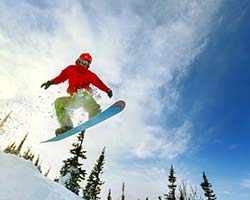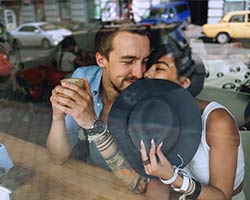For many professional photographers, working as a photographer's assistant is the vital first step in their career. Personally speaking, I began assisting within a month of leaving college, and over the course of three years worked for nearly 30 different photographers on shoots ranging from massive scale film sets, to penthouse apartments, to swimwear fashion shoots on beaches in Brazil, to rooftops in Soho, and pretty much everything in between. Film was still king in those days, and I worked with almost every camera going, including lots of large format work, and almost every type of lighting in common use, as well as several that were not so common!
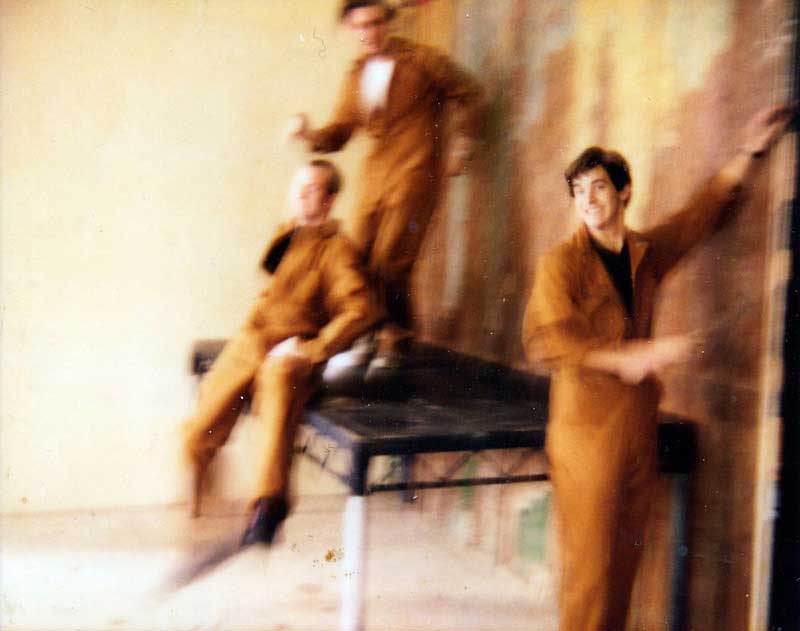
Working as an assistant is useful for several reasons. Firstly, as you've probably guessed from that intro, it will give you an incredible hands-on education that expands what you learn at a college or university. When you consider you're working alongside some of the best photographers in the industry on a daily basis and are responsible for helping them to create their work, it's pretty obvious you're gaining knowledge that many people would pay for.
Secondly, whilst working as an assistant you'll be given unprecedented insight into how the photography industry works. You'll learn how photographers get work; how they liaise with clients; what the other personnel on shoots are responsible for; how locations are sourced and used; how images get manipulated, edited and used in print; and how much work goes into simply getting a few images into print.
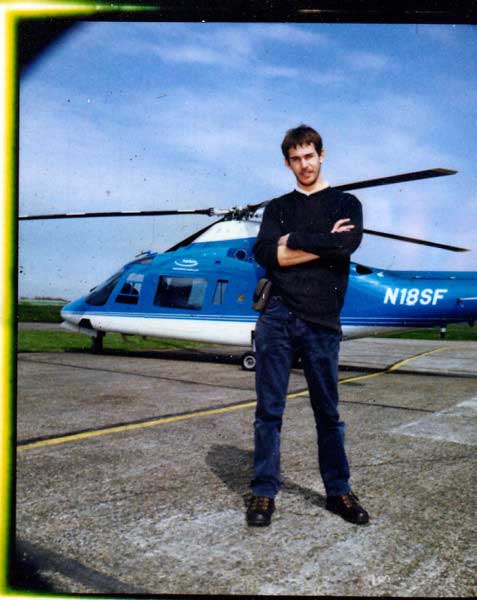
Lastly, assisting is vital as a way in to the industry itself. By being around people who commission work, there's a far greater chance you'll get commissioned work yourself. If you ask most of the top professionals working in advertising or editorial today where they got their first break, they're almost certain to say that it was off the back of assisting in some way or other.
The Job Description.
The job of an assistant is a huge and varied one but can be summed up in one sentence: Your job is to do anything and everything to enable the photographer to concentrate on taking the picture. This can encompass very technical skills, such as building and lighting a whole set to within 1/10th stop accuracy (I'm not kidding — I used to work for a guy who demanded this. I could have killed him many, many times…) or far more mundane tasks such as rigging an ashtray to the tripod so the photographer has somewhere to rest their cigar.
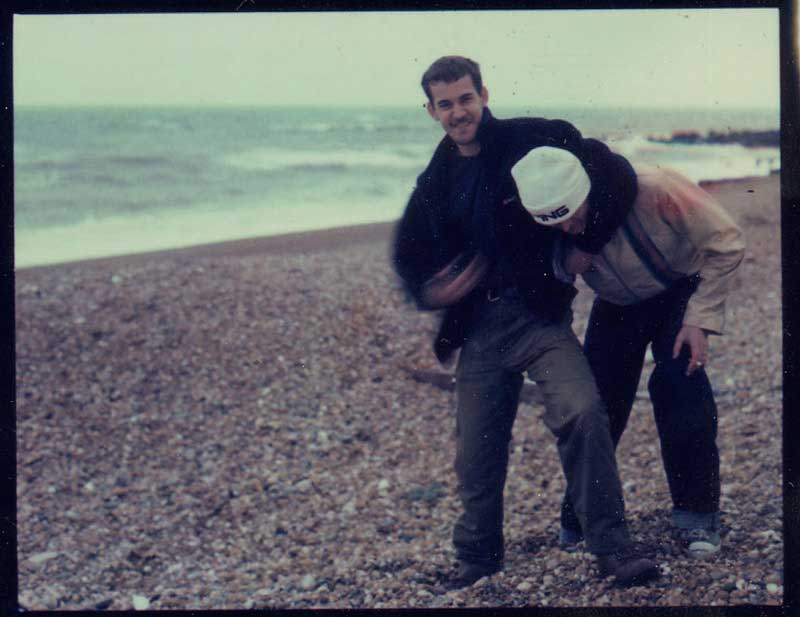
Here's a brief list of some of the many jobs I did as an assistant:
- Camera handling, right up to setting exposure, and very rarely, actually shooting
- Setting up lighting and backdrops
- Building and painting sets
- Making tea and coffee
- Carrying equipment about the place
- Working with digital files, from simply downloading them to actually processing the RAWS
- Going to the corner shop to fetch lunch for the crew and walking the photographer's dog
- Keeping everything safe and secure on location
- Booking and handling rented equipment
- Dealing with photographers' daily chores, from running to the post box to finishing off invoices
- Packing everything up at the end of the shoot
- Acting as a stand-in for lighting setups
- Dealing with "talent," be it human or animal, and liaising between egos on set
- Repairing equipment on the fly
- Holding reflectors in high winds, holding lights in waist-deep water, dangling from scaffolding with a flashgun, and more
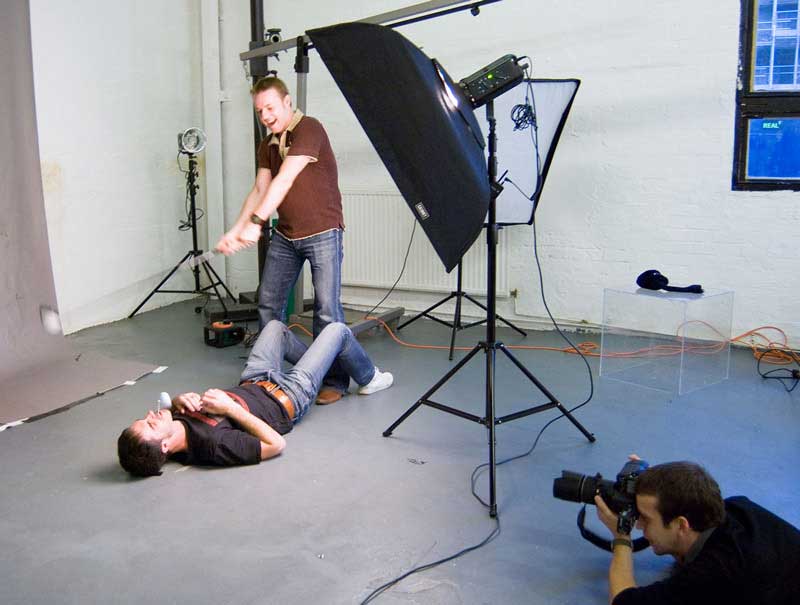
Assistant Etiquette
As generally as I can, here are some dos and don'ts that will ensure you get booked on a regular basis:
- Always admit mistakes right away.
- Don't ever be afraid to ask. Better to be a bit embarrassed by asking than break expensive equipment and/or injure yourself or others.
- Never make the photographer look stupid in front of the client.
- Always be early. Try and be the first to arrive and the last to leave.
- Demonstrate initiative. You're supposed to be solving problems for people, not creating more of them.
- Carry as much as possible for everyone — not just the photographer, but also the stylist (who will have cases of clothes), the make-up artist (who will usually have a couple of heavy cases) and anyone else who comes along.
- Offer to do anything and everything, providing it doesn't get in the way of assisting the photographer. There is basically never a bad time to ask, "Does anyone want a cup of tea?"
- Be prepared to do mundane tasks. You're not on set to show off!
- Predict what's about to happen next.
- Be on the alert. Are all the flashes firing? Has the setting changed on the camera? Is the photographer slowly backing up over a ledge? (I do this all the time.)
- Always be polite, even to complete muppets, and be professional to everyone on the set. Don't stare at the models, get overawed by the celebrity subject, or spend all day chatting with the make-up artist.
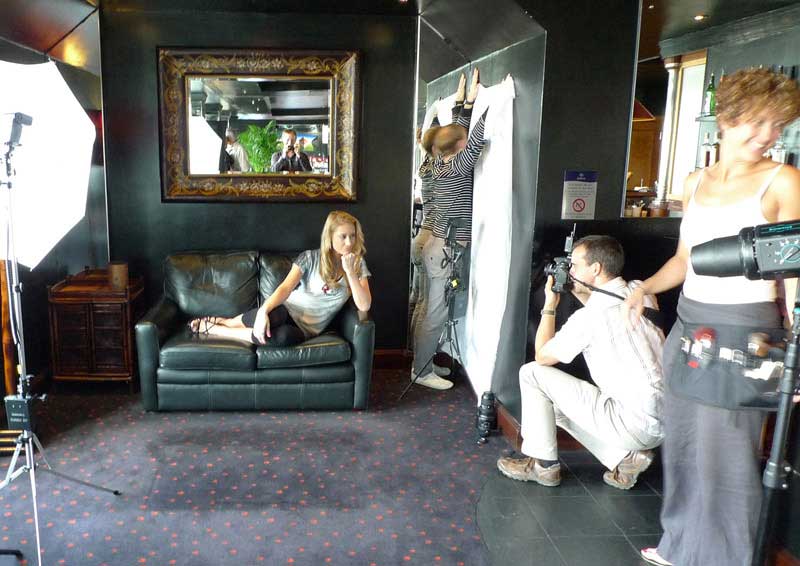
Getting Assisting Work
The informality of the photographic industry means that very few assistant positions are ever advertised openly, and the ones that are tend to be massively over-subscribed. It's much more likely that you'll have to find work yourself. The best starting point is to start at the top with the photographers you'd most like to work with, and then work your way down the list.
Your first port of call, I'd suggest, should be an email rather than a phone call, as they can be dealt with at the photographer's convenience. Keep your email succinct and to the point, and make sure you address it to the photographer themselves. (Don't write "dear photographer." I've had this one too many times!) Include relevant information that will make you look useful: your technical skills, equipment you're familiar with, photographers you've worked with, and other qualifications such as a first aid certificate or other practical abilities.
The best way to get work, of course, is by personal recommendation. To ensure you get this, follow all the advice above on dos and don'ts, and generally behave professionally at all times. It's very common when one of us can't get hold of one of our regular assistants to simply ask a colleague who they'd recommend, so it'll help if you're at the forefront of someone's mind. Being active on Twitter and LinkedIn can help, as can being involved with other assistants via industry gatherings, talks and social events.
Working as a photographer's assistant is not a shortcut to riches, and it undoubtedly will involve some very long hours as well as a lot of hard work. However, it will expand your technical education, and it's one of the best ways possible to get into the industry. Very few of the biggest names in photography would be where they are today if they hadn't worked as an assistant first.
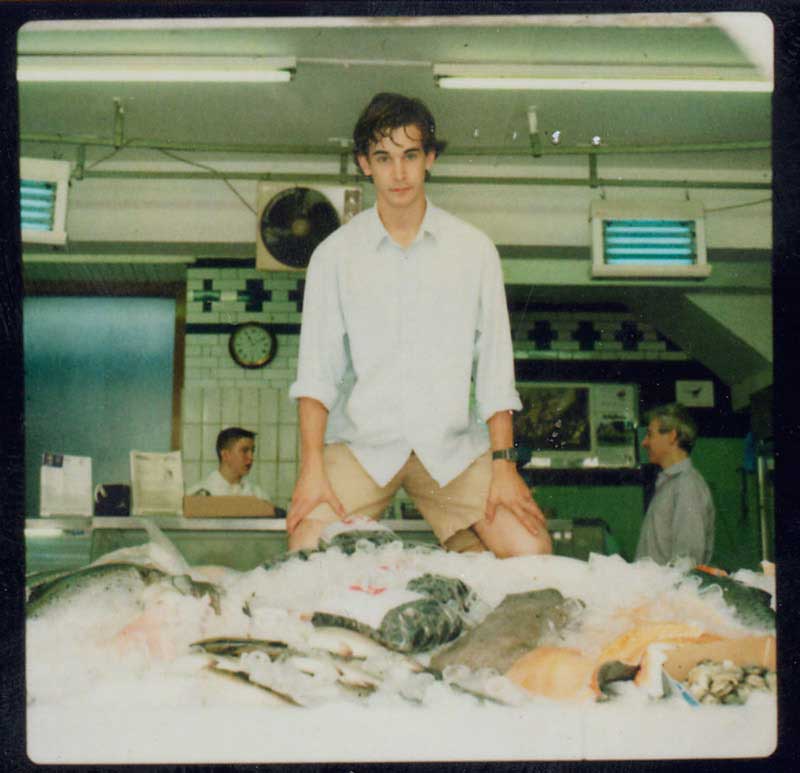
Bonus: Want to learn photography online? Enroll in an online photography course from NYIP today!


